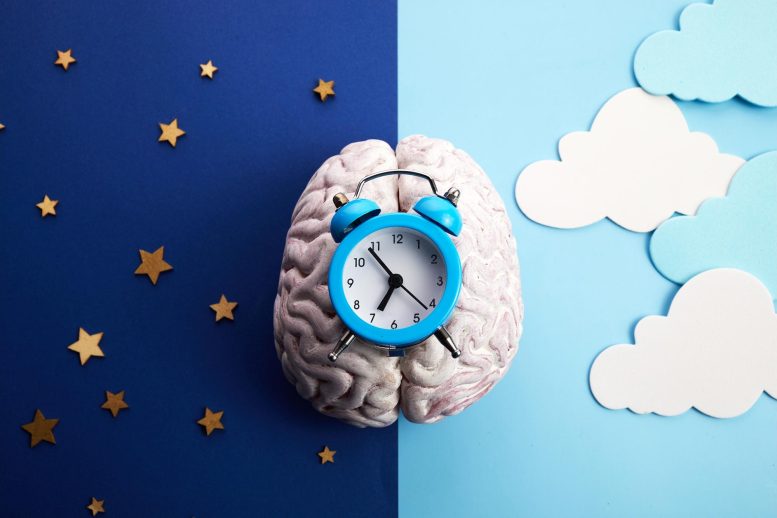
Circadian rhythm refers to the internal 24-hour cycle that regulates our physiological and behavioral processes, such as sleep-wake cycles, hormone production, and metabolism. It is influenced by external factors such as light, food intake, and temperature.
A recent study conducted by a multidisciplinary team of researchers sheds light on the underlying mechanisms of circadian rhythms, providing new hope for managing jet lag, insomnia, and other sleep disorders.
By utilizing advanced cryo-electron microscopy techniques, the scientists have uncovered the structure of the photosensor that governs the circadian rhythm, along with its target in fruit flies (Drosophila melanogaster), a major model organism used in circadian rhythm research. The research was recently published in the journal Nature.
The research focused on fruit fly cryptochromes, key components of the circadian clocks of plants and animals, including humans. In flies and other insects, cryptochromes, activated by blue light, serve as the primary light sensors for setting circadian rhythms. The target of the cryptochrome photosensor, known as “Timeless” (TIM), is a large, complex protein that could not previously be imaged and thus its interactions with the cryptochrome are not well understood.
Circadian rhythms work via what are basically genetic feedback loops. The researchers found that the TIM protein, along with its partner, the Period (PER) protein, act together to inhibit the genes that are responsible for their own production. With suitable delays between the events of gene expression and repression, an oscillation in protein levels is established.
This oscillation represents the “the ticking of the clock and seems to be fairly unique to the circadian rhythm,” said senior author Brian Crane, the George W. and Grace L. Todd Professor and chair of chemistry and chemical biology in the College of Arts and Sciences.
Blue light, Crane said, changes the chemistry and structure of cryptochrome’s flavin cofactor, which allows the protein to bind the TIM protein and inhibit TIM’s ability to repress gene expression and thereby reset the oscillation.
Much of the hard work of the study went into figuring out how to produce the complex of cryptochrome-TIM so it could be studied because TIM is such a large, unwieldy protein, Crane said. To achieve their results, first author Changfan Lin, M.S. ’17, Ph.D. ’21, modified the cryptochrome protein to improve the stability of the cryptochrome-TIM complex and used innovative techniques to purify the samples, making them suitable for high-resolution imaging.
“These new methods allowed us to obtain detailed images of the protein structures and gain valuable insights into their function, said Lin, a Friedrich’s Ataxia Research Alliance Postdoctoral Fellow at the California Institute of Technology. “This research not only deepens our understanding of circadian rhythm regulation but also opens up new possibilities for developing therapies targeting related processes.”
Co-author Shi Feng, a doctoral student in the field of biophysics, did much of the cryo-electron microscopy work. Cristina C. DeOliveira, a doctoral student in the field of biochemistry and molecular and cell biology, was also a co-author.
One unexpected result from the study sheds light on how DNA damage is repaired in a cell. Cryptochromes are closely related to a family of enzymes involved in repairing damage to DNA, called photolyases. Crane said the research “explains why these families of proteins are closely related to each other, even though they’re doing quite different things – they’re making use of the same molecular recognition in different contexts.”
The study also offers an explanation for the genetic variation of flies that allows them to adapt to higher latitudes, where days are shorter in the winter and it’s cooler. These flies have more of a certain genetic variant that involves a change in the TIM protein, and it wasn’t clear why the variation could help them. The researchers found that because of how the cryptochrome binds TIM, the variation reduces the affinity of TIM for the cryptochrome. The interaction between the proteins is then modulated and the ability of light to reset the oscillation is changed, thus altering the circadian clock and extending the period of the fly’s dormancy, which helps it survive the winter.
“Some of the interactions that we see here in the fruit fly can be mapped onto human proteins,” Crane said. “This study may help us understand key interactions between components that regulate sleep behavior in people, such as how the critical delays in the basic timing mechanism get built into the system.”
Another exciting finding, said Lin, was the discovery of an important structural area in TIM, called the “groove,” which helps explain how TIM enters the cell nucleus. Previous studies had identified some factors involved in this process, but the exact mechanism remained unclear. “Our research provided a clearer understanding of this phenomenon,” Lin said.
Reference: “Cryptochrome–Timeless structure reveals circadian clock timing mechanisms” by Changfan Lin, Shi Feng, Cristina C. DeOliveira and Brian R. Crane, 26 April 2023, Nature.
DOI: 10.1038/s41586-023-06009-4

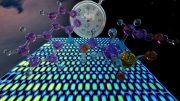



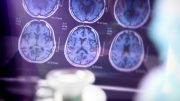
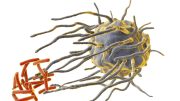

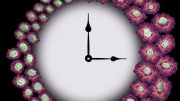
Be the first to comment on "How Do Circadian Rhythms Work? New Research Sheds Light"